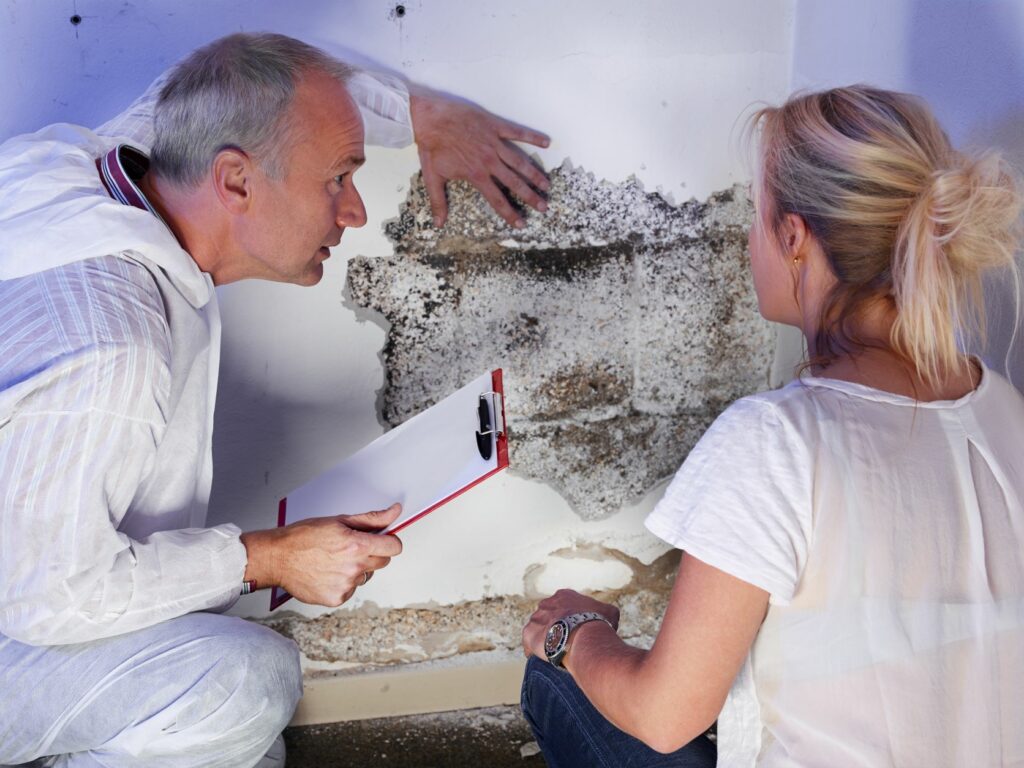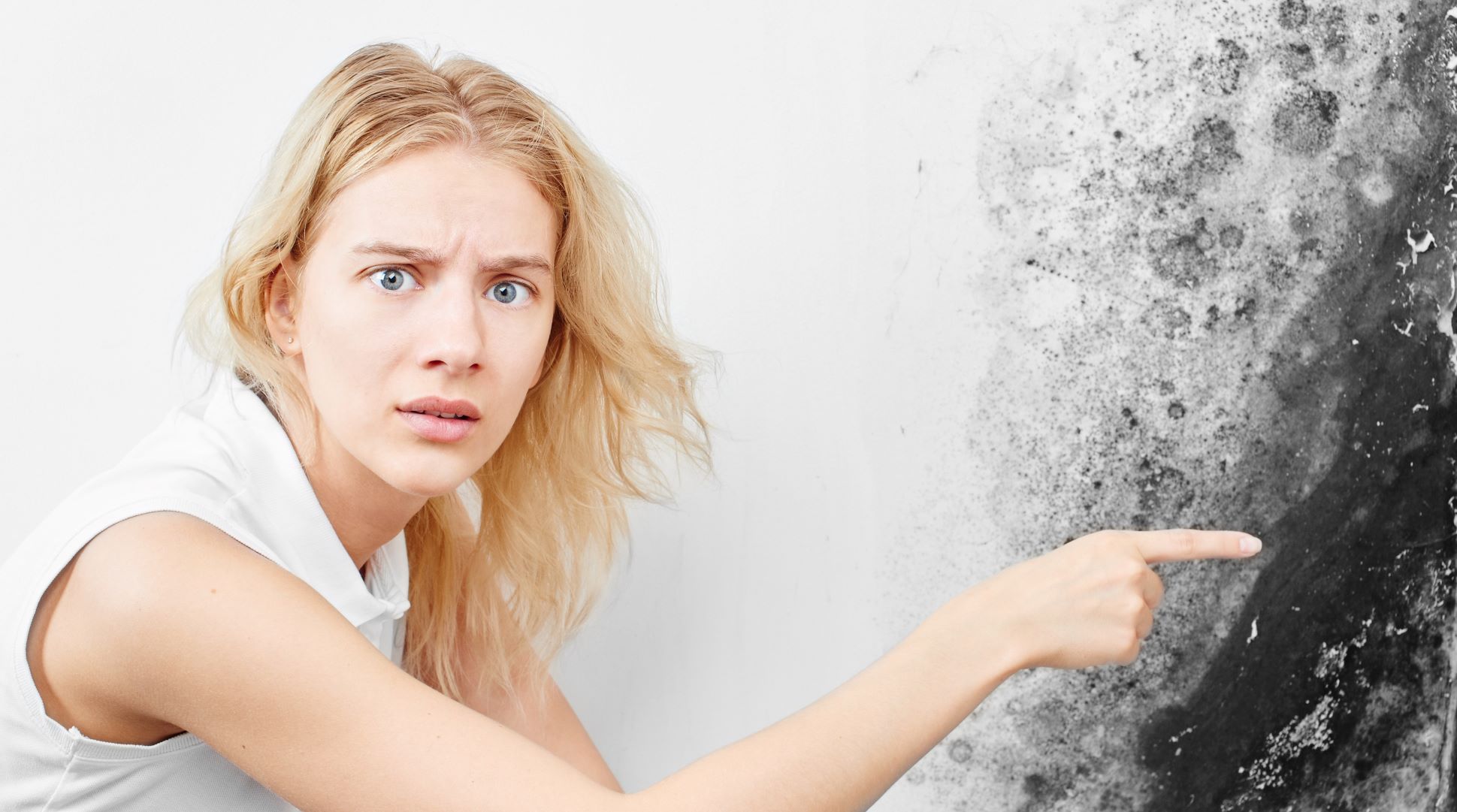Mold is a silent, and often unseen, yet dangerous enemy that can grow in any home, without you even noticing. When left unchecked, it can quickly begin to cause health problems and damage to your home’s structure.
Are you aware of the common causes of mold growth in homes? Do you know how to spot it, remove it and prevent it from growing back? Are you aware of the potential health risks of mold exposure? This article will answer all of these questions and more, helping you to keep your home safe and healthy.
Keep reading to find out how you can protect yourself and your family from the dangers of mold.
1. What causes mold to grow in homes?
Mold needs three things to grow: moisture, organic matter, and proper temperatures. Common sources of moisture in homes include leaking pipes, flooding, and high humidity just to name a few. Organic matter can come from many sources, with some of the most common being wood, drywall, and dust. While many mold species prefer warmer temperatures, and often grow more quickly in these environments, mold can still grow even in colder temperatures approaching freezing (0° C / 32° F).
When these three conditions are present, mold can grow and spread quickly. Because it is all but impossible to live in temperatures that prevent mold growth, or to prevent the presence of organic matter within the home, the best method of prevention of mold growth is to address any moisture intrusion issues that occur in the home quickly and thoroughly.
2. How can I tell if there is mold in my home?
Mold can be difficult to spot, as it can grow in hidden areas such as behind walls or under floorboards. However, there are some signs that may indicate the presence of mold. These include a history of water damage, a musty odor, discoloration on walls or ceilings, and more frequent allergenic or respiratory-based health issues. If you suspect mold in your home, it is best to have a certified mold professional conduct an inspection of the home and conduct appropriate testing, as necessary.
3. How can I remove mold from my home?
Removing mold from your home can be a difficult, time-consuming, and risky process, and is often best left to a professional for any significant mold contamination in the home. The first (and most crucial) step is to address the source of moisture intrusion and eliminate it. Once the moisture is gone, some affected materials may need to be removed, and any other areas of concern should be treated thoroughly with a hydrogen peroxide-based fungicidal product. When working with mold-contaminated materials and surfaces, it is very important to use protective equipment including gloves, goggles, and a respiratory mask.
4. Are there any health risks associated with exposure to mold in homes?
Exposure to mold contamination can cause a variety of health problems, including allergic reactions, respiratory issues, and even neurological problems. These health problems typically vary from person to person but can become severe, especially for people with pre-existing conditions such as immune system deficiencies and chronic respiratory diseases. Due to the buildup of mold spores within the body, and the body’s relative inefficiency at removing them, many who experience these symptoms find them to grow more severe with prolonged exposure. If you suspect mold in your home, it is important to address it as soon as possible to reduce your risk and potential length of exposure.
5. Can mold damage my home’s structure?
Mold can cause damage to your home’s structure if left unchecked. This is because mold feeds on organic materials such as wood and drywall, which can weaken and eventually break down these materials.
Mold can cause rot, which is the breakdown of wood fibers caused by fungal growth. This can lead to structural weakness in wood and can cause damage to the integrity of a building. Furthermore, mold can also cause damage to personal items and belongings in your home, such as clothing, furniture, and books. This damage can be costly and time-consuming to repair, and in some cases, the items may be unsalvageable.
6. How can I prevent mold from growing in my home?
The best way to prevent mold from growing in your home is to control moisture levels. This can be done by fixing any leaks in pipes quickly, using a dehumidifier to maintain relative humidity in the home below 50%, and ensuring proper ventilation in humid areas such as bathrooms, kitchens, and attics. Additionally, make sure cold surfaces in the home like water pipes and exterior walls are properly insulated to prevent the possibility of moisture buildup by condensation.
7. Is it necessary to hire a professional to remove mold in my home?
It largely depends on the severity of the mold growth in the home as to whether you should hire a professional to remediate it.
If the mold growth is limited to a small area, such as a small patch on a wall, it may be possible to remove it using easily available household cleaning solutions and proper protective gear. However, if the mold growth is extensive, covering significant sections of the home or personal belongings like clothing and furniture, it’s best to consider hiring a professional mold remediation company that is trained to identify hidden mold growth and other early warning signs, reducing the likelihood of mold growth reoccurring or evading notice.
Additionally, it’s important to consider any health concerns when dealing with mold. If you or a family member has a pre-existing health condition or immune deficiency, it’s best to hire a professional to remove the mold to minimize the risk of exposure to these more susceptible occupants.
8. Are there any specific areas of the home that are more susceptible to mold growth?
Yes, certain areas of the home are more susceptible to mold growth due to the presence of moisture and organic materials.
Some of the most common areas of the home that are susceptible to mold growth include:
Basements
Basements are often damp and poorly ventilated, making them a prime location for mold growth. Basements are also more likely to experience leaks and flooding, which can lead to mold growth.
Kitchens
Kitchens are often humid due to the presence of water from cooking and cleaning. They also have a lot of organic materials, such as wood and food, that mold can feed on.
Bathrooms
Bathrooms are another area of the home that is often humid due to the presence of water from showers and baths. They also have a lot of organic materials, such as grout and tile, that mold can feed on.
Laundry Rooms
Laundry rooms are often damp due to the presence of water from washing clothes and can have a lot of organic materials such as lint.
Attics and Crawl Spaces
These areas are often poorly ventilated and can have high humidity levels, making them susceptible to mold growth.
9. Can my home’s HVAC system spread mold throughout the house?
Yes, if mold is present in your HVAC system, it can spread throughout your home through the air ducts.
The HVAC system circulates air throughout the house and if mold is present in the system, it can be spread through the ductwork and into various rooms of the home. This can cause mold to grow in areas of the home that were previously mold-free.
Mold can grow in the HVAC system due to a variety of reasons, such as moisture buildup, lack of proper ventilation, and poor maintenance. If the HVAC system is not properly maintained and cleaned, mold can grow and spread quickly.
10. Are there any natural or homemade remedies for removing mold?
While there are some natural and homemade remedies for removing mold, it’s important to note that these methods may not be as effective as professional methods and may not completely remove the mold. Some popular natural remedies for removing mold include using white vinegar or hydrogen peroxide. However, it’s important to remember that these remedies may not work on all types of mold and can also be harmful to certain surfaces. These DIY approaches often also fail to remove the airborne mold spores that are potentially being breathed in, and can even be exacerbated if the contaminated materials are not removed properly. It’s always best to consult with a professional to understand the full scope of the problem and potential risks before attempting to remove mold on your own.

In the end, it’s all about keeping your home and family safe from the dangers of mold. We hope that this article has armed you with the knowledge and tools to prevent, spot, and remove mold from your home. Remember, the key is to be vigilant and keep any moisture in the home where it belongs!
But if you ever feel overwhelmed or uncertain, don’t hesitate to reach out to the professionals at Genesis Healthy Homes. Our team of experts will provide a thorough inspection and create a customized plan to address any mold issues to keep your home and family healthy!
For more information or to schedule your free mold inspection with the team at Genesis, you can reach out at office@genesishealthyhomes.com or (913) 909-3582, or feel free to fill out our contact form here and we’ll reach back out to you as quickly as possible.
